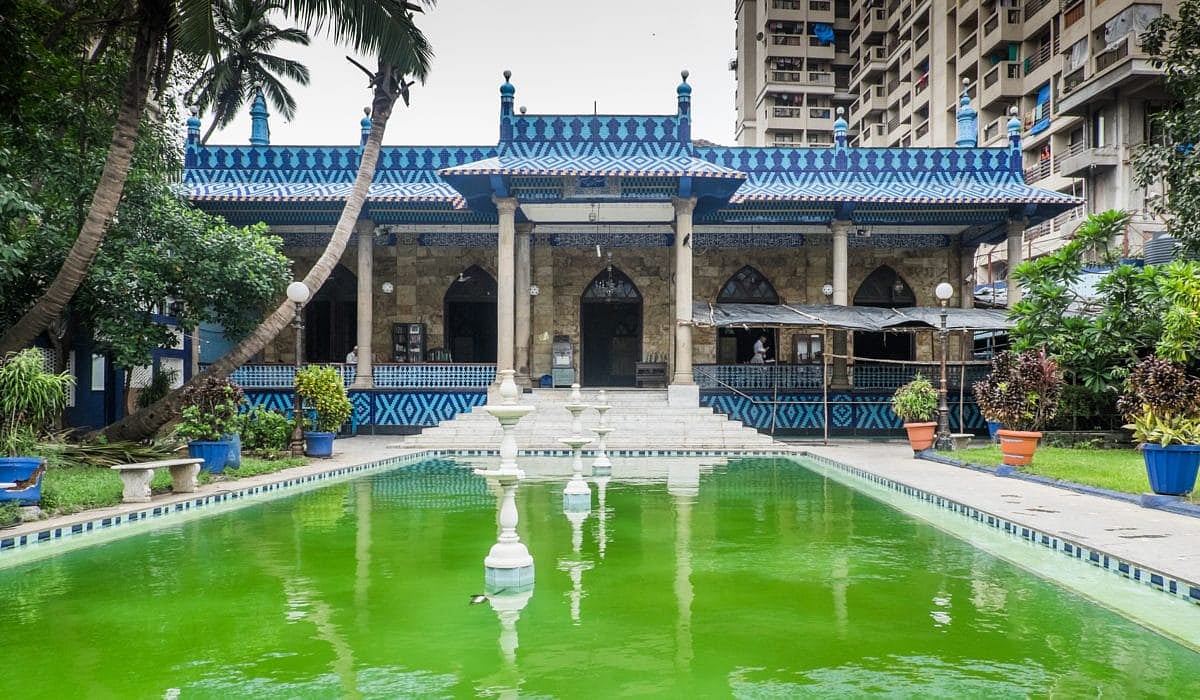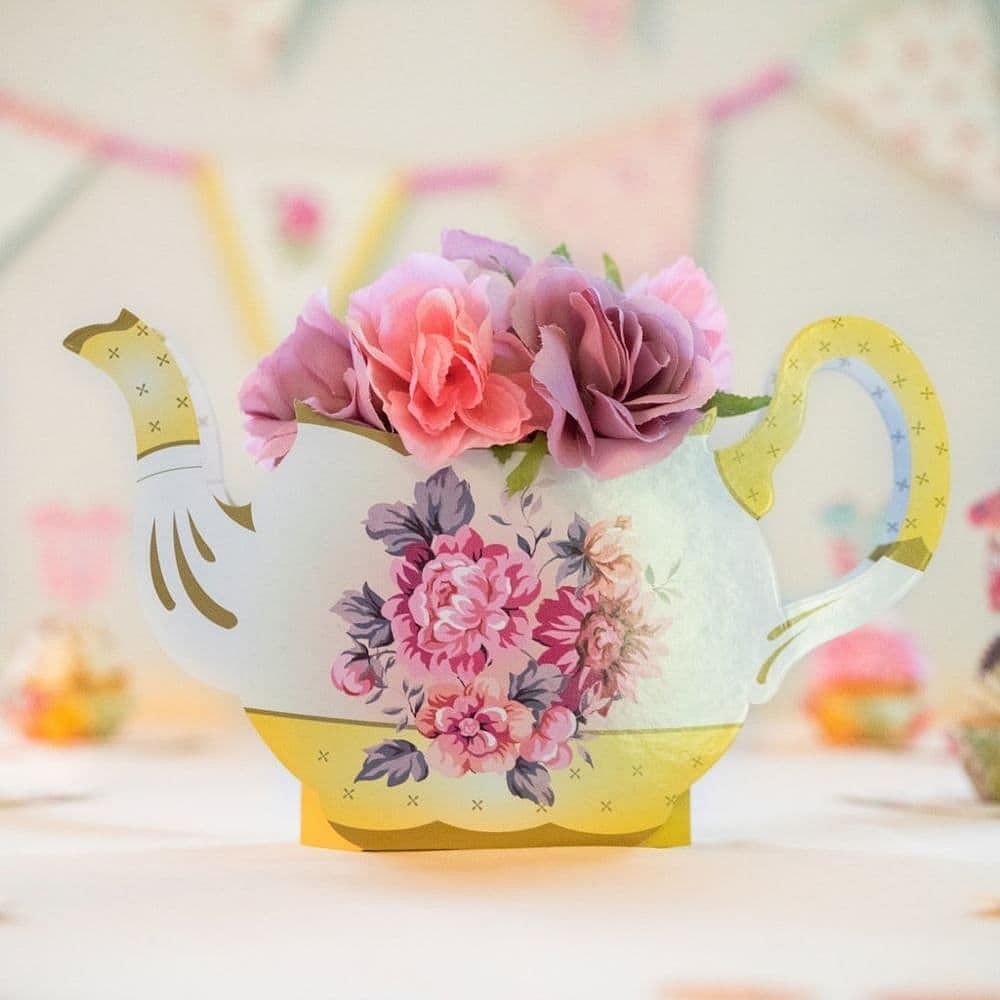When you ask people for their suggestions for places to visit in Mumbai, they will tell you about the Gateway of India, Marine Drive, Siddhiviniyak Temple, Juhu beach and so on. We suggest you some less explored and culturally rich places in Mumbai that should be on your must visit list on this 'World Tourism Day.'
Check them out:
Nipponzan Myohoji Japanese Buddhist temple
This temple in Worli follows Nicherin Buddhism and their prayer is ‘Na Myo Ho Ren Ge Kyo’ known as a chant for peace. Resident monk Bhikshu Morita, says that the chant is the key to total salvation and it’s not what you should understand but what you should adopt.

Nipponzan Myohoji Japanese Buddhist temple, Mumbai |
Global Vipassana Pagoda
It is a meditation dome hall with 8,000 Vipassana meditators seating capacity and is the largest meditation hall in the world. The monument of peace and harmony is located in Gorai village in Borivali West.
Vipassana is the practical quintessence of the universal, non-sectarian teachings of the Buddha. The purpose of Vipassana Pagoda is to spread information about Vipassana and Gautam Buddha.

Global Vipassana Pagoda, Mumbai |
Blue Mosque
The blue mosque located at Mohammed Ali Road, is built using gleaming blue Persian tiles (therefore the name), and it has a pond too. Onyx and granite are used for the inner walls of masjid and verses from the Holy Quran are engraved on these walls. The mosque is managed by the Haji Mohammed Shirazi trust.

Blue Mosque, Mumbai |
Kuan Kung temple, Chinese Temple
The only Chinese temple in the city was built in 1919, symbolic of the Chinese community's existence in Mumbai in the 1950s and 60s. It is situated in Mazagaon Dockyard area. Kwan Kung is the Chinese Goddess associated with justice, protection, and courage. The temple is red in colour with golden carvings.

Kuan Kung temple- Chinese Temple, Mumbai |
National Centre for the Performing Arts (NCPA)
The National Centre for the Performing Arts (NCPA), Mumbai, is the first multi-venue, multi-genre cultural centre in South Asia. It is preserving and promoting India’s rich and vibrant artistic heritage in the fields of music, dance, theatre, film, literature and photography.
It is also presenting new and innovative work by Indian and international artists from a diverse range of genres including drama, contemporary dance, orchestral concerts, opera, jazz and chamber music. NCPA hosts more than 700 events each year, making it India’s largest performing arts centre.

National Centre for the Performing Arts (NCPA), Mumbai |
Royal Opera House (Opera House)
Located on Charni Road, Royal Opera House Mumbai speaks of the city's social, artistic and cultural dynamism, therefore it is also known as the city's 'Cultural Crown Jewel'. It was inaugurated by King George V in 1911.
It is 'India's only surviving opera house' to date, also a performing arts venue and a cultural hub. In 2017, it received the 'UNESCO Asia-Pacific Award for Cultural Heritage Conservation'.

Royal Opera House, Mumbai |
Raj Bhavan Bunker Museum
Located at Malabar hills, Raj Bhavan Bunker Museum is an underground shelter offering visitors a glimpse into India's history as it takes you to time travel to the 19th century. It is surrounded by the sea on three sides and thick forest.

Raj Bhavan Bunker Museum, Mumbai |
The museum gets its as it has a British-era bunker inside Maharashtra Raj Bhavan. The huge museum with 13 rooms is spread across 15 thousand square feet.





